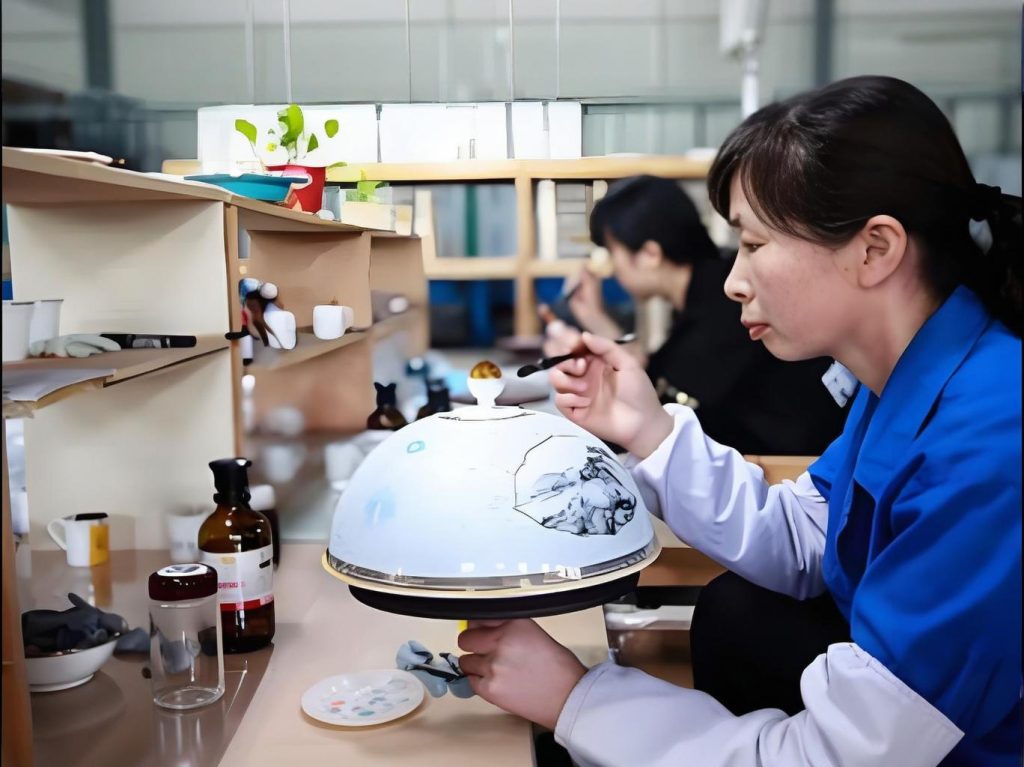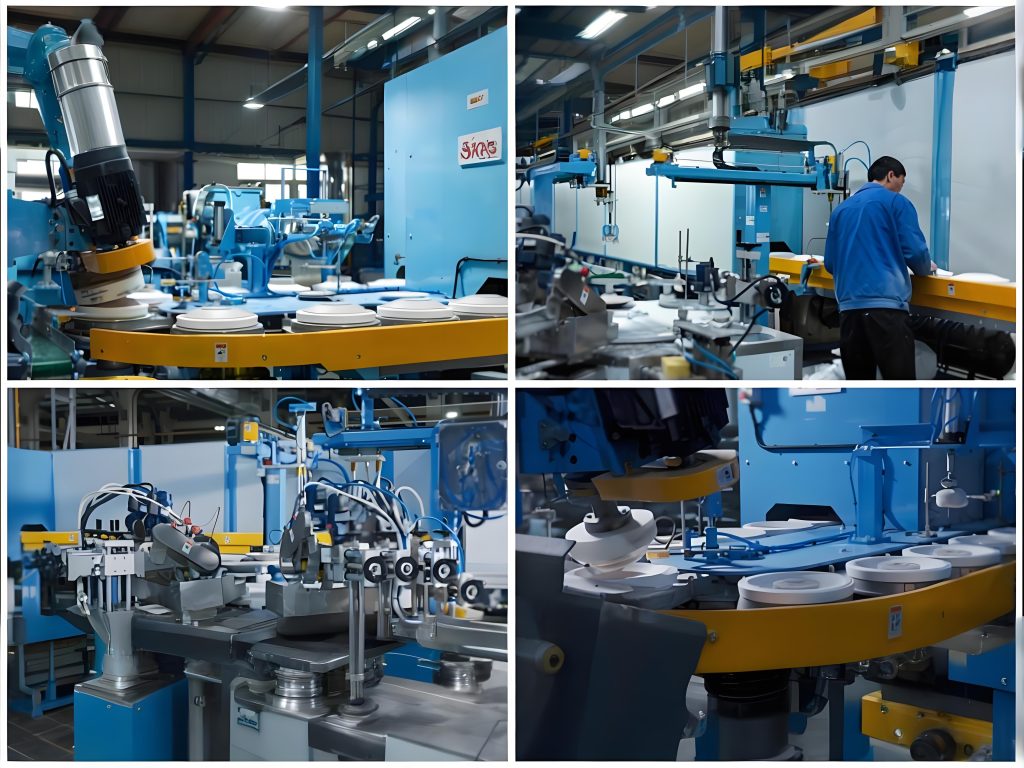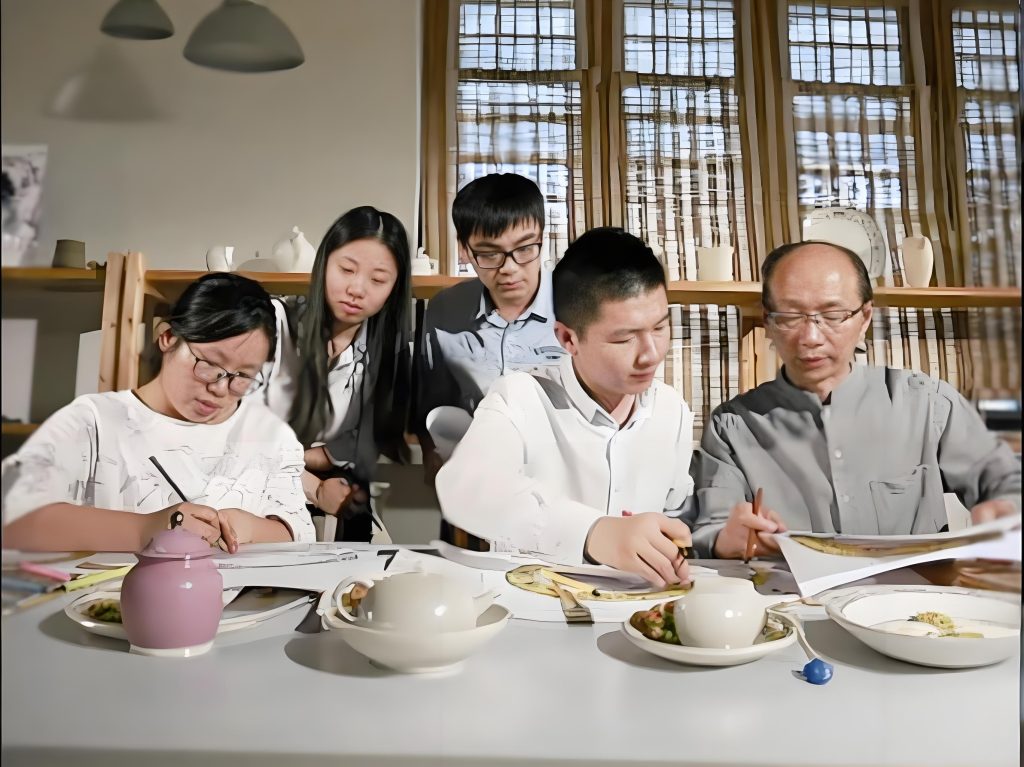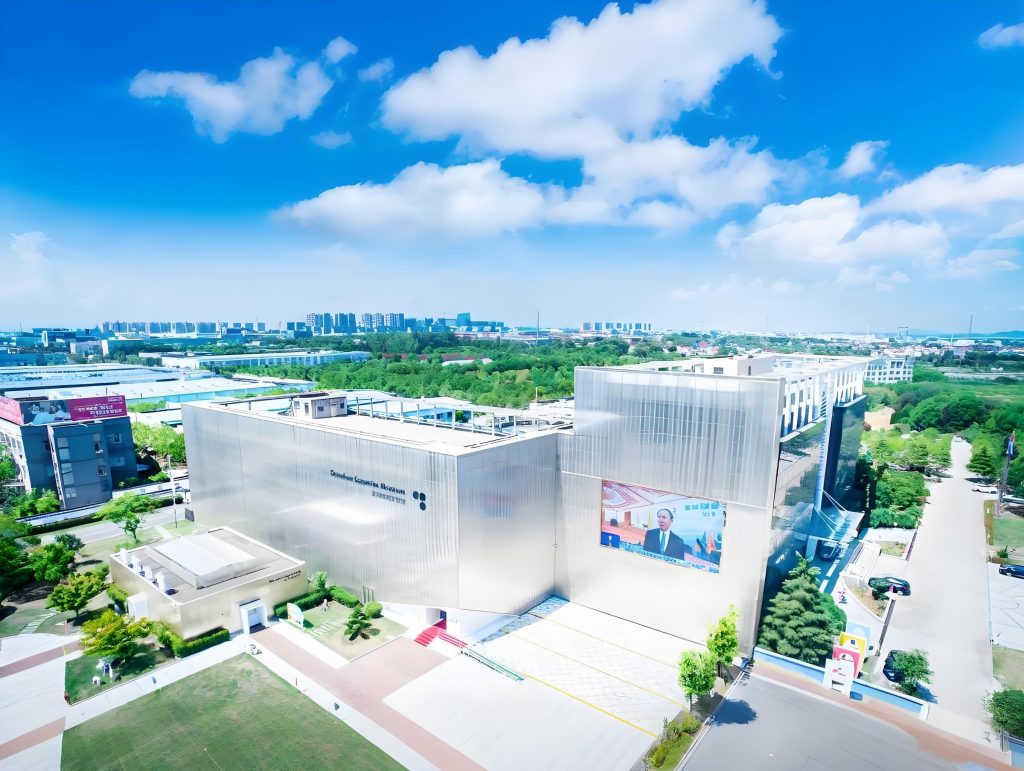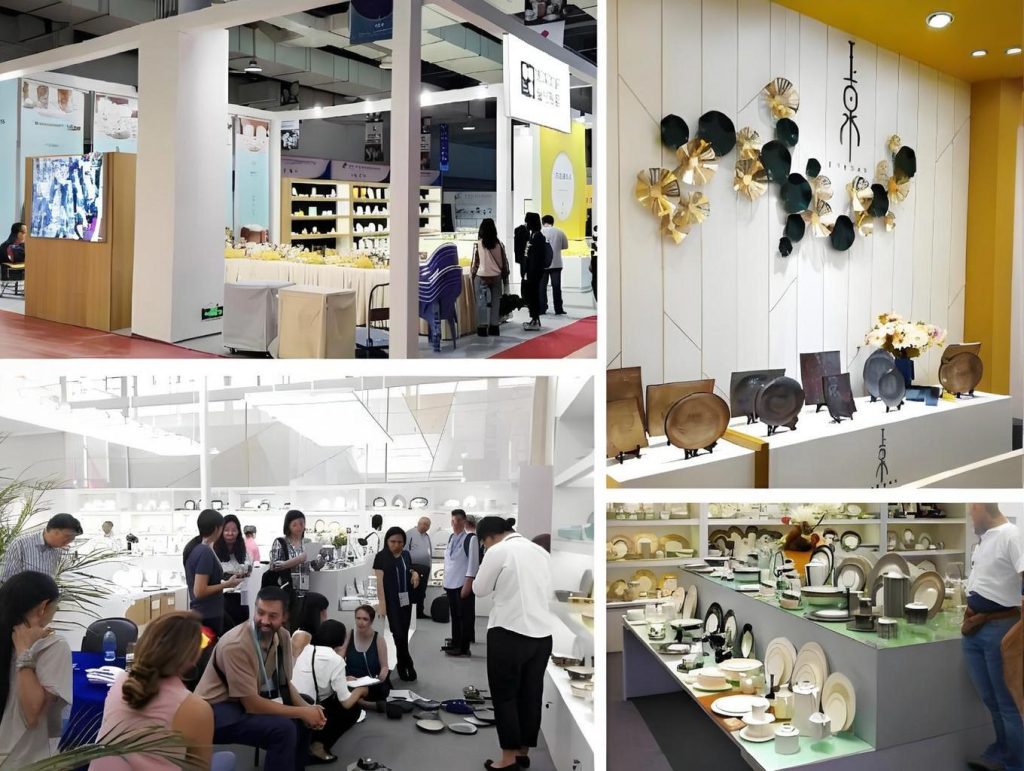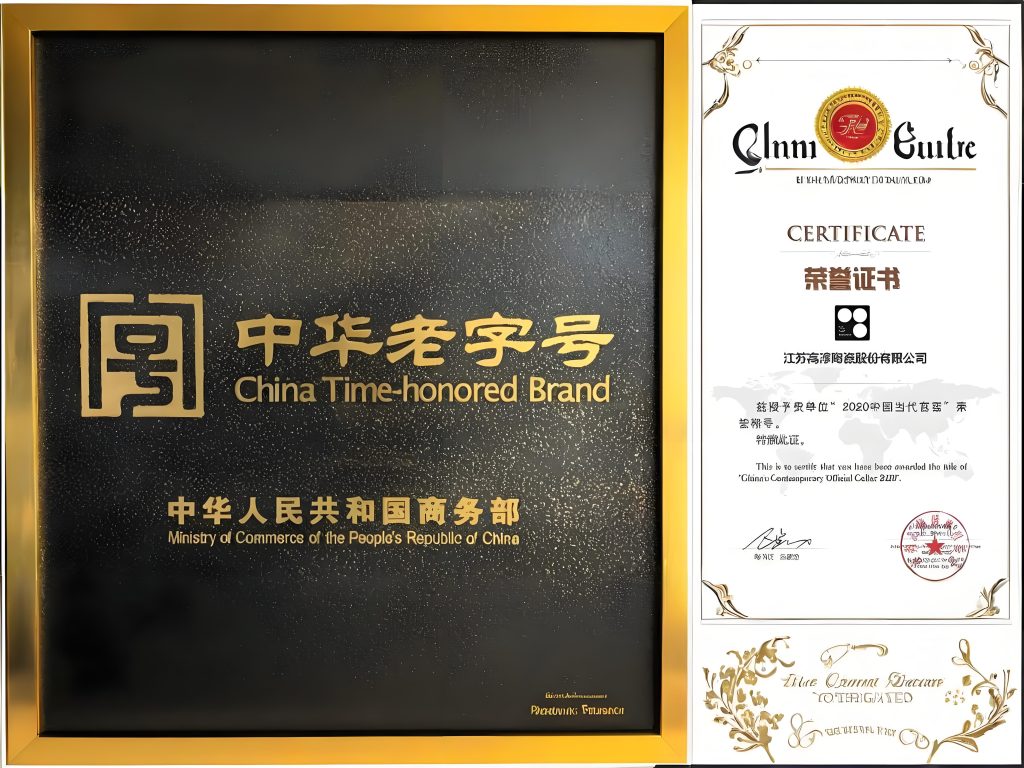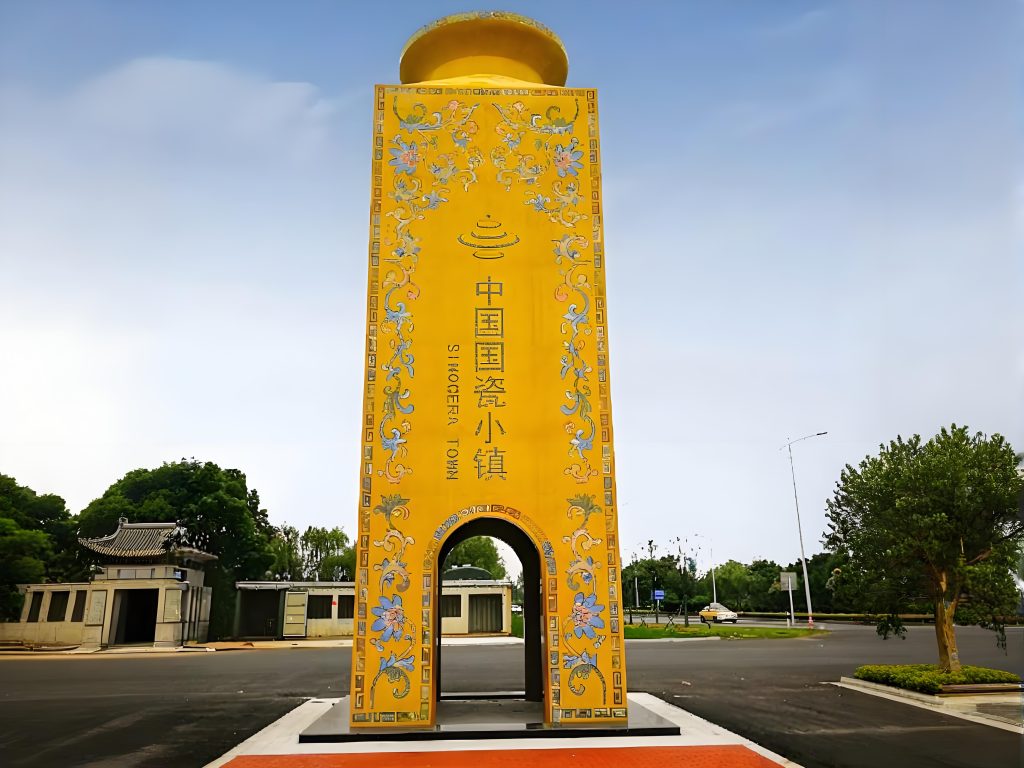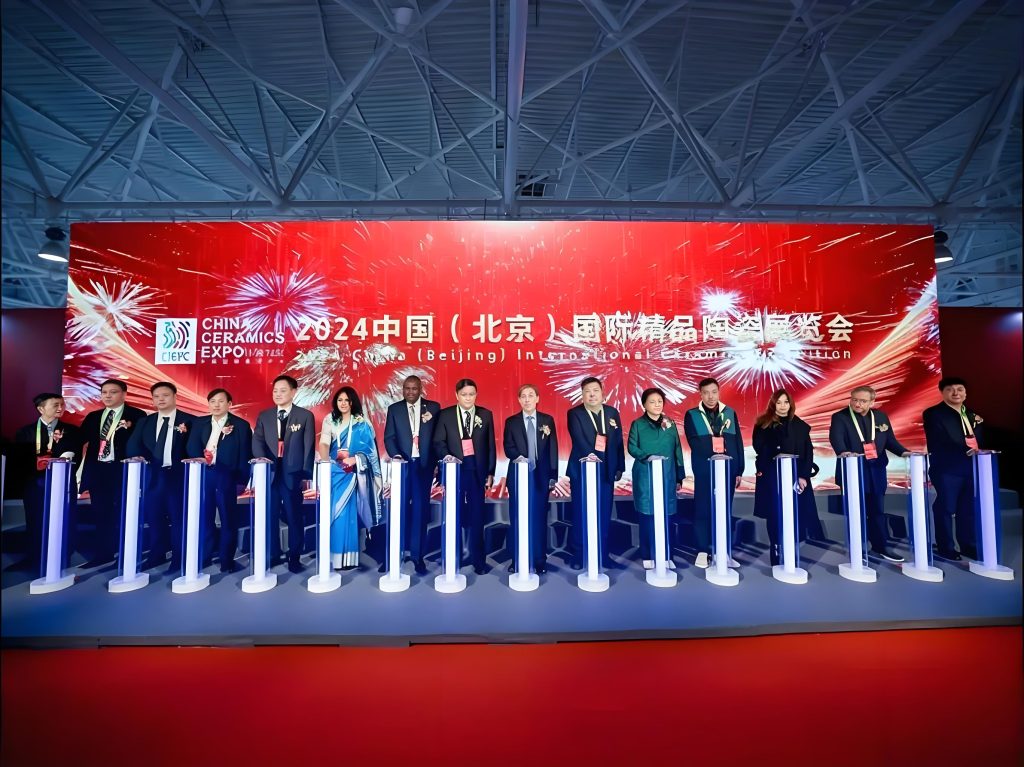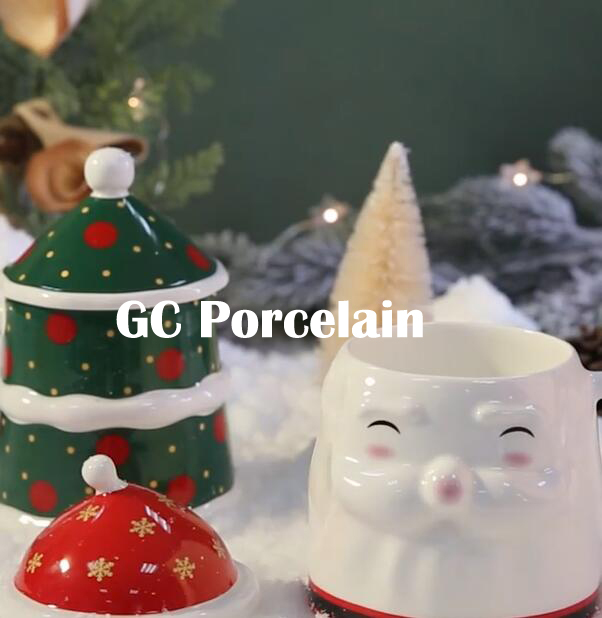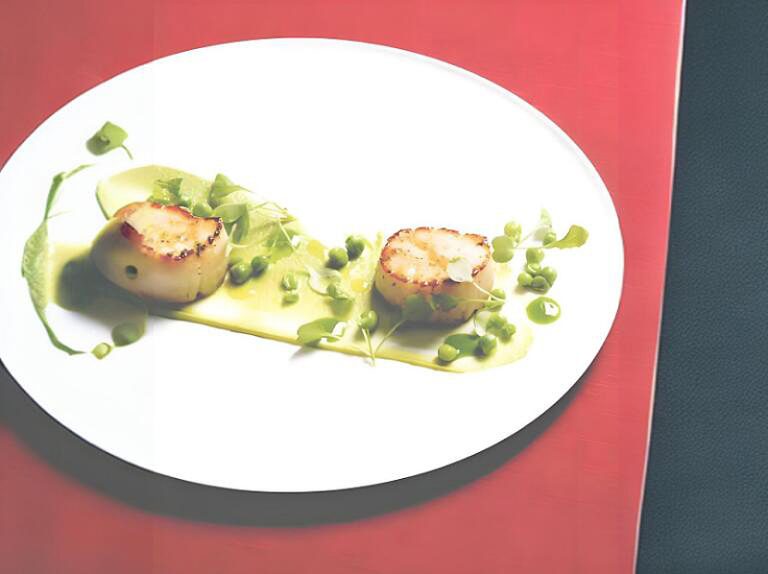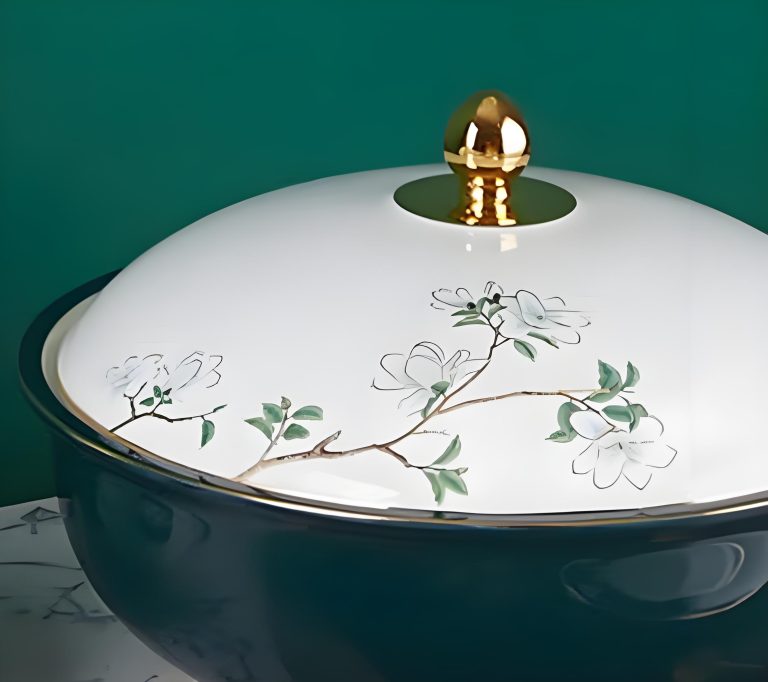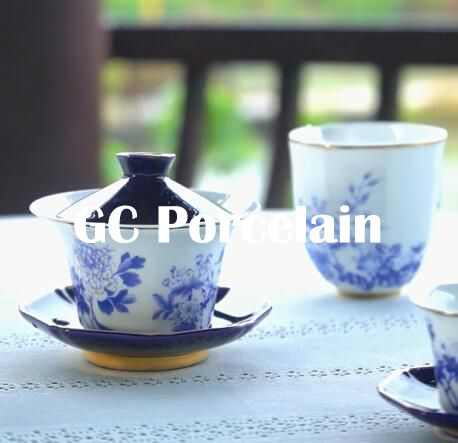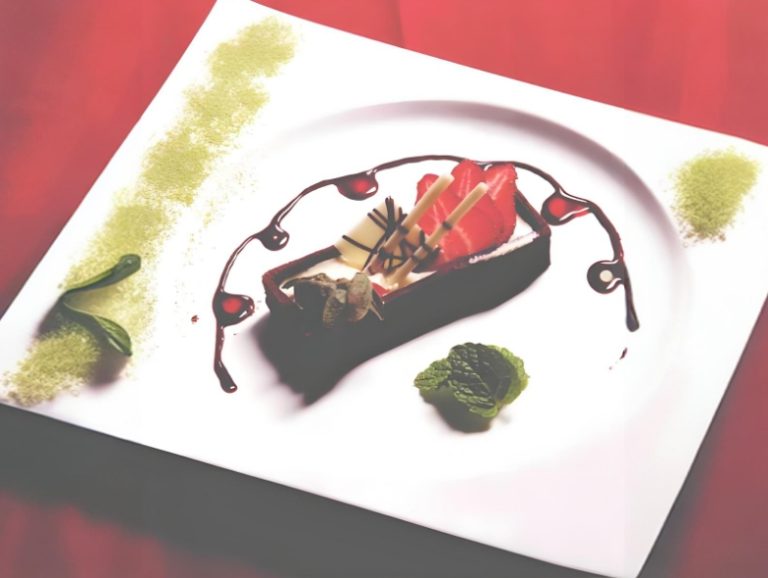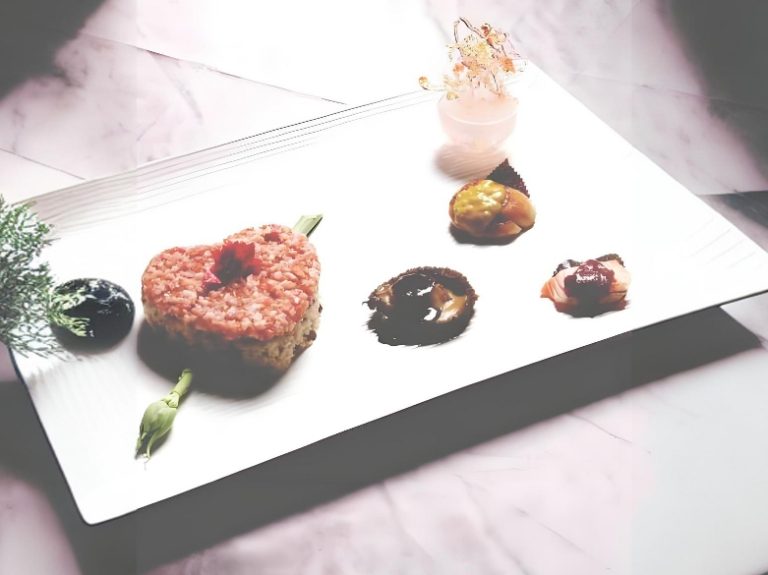Conference Tableware: Details That Show True Professionalism
The meeting ends. Everyone rushes to the buffet table. You grab a plate. Did you ever wonder why some conferences feel “premium” while others feel like college cafeterias?
This isn’t being picky. I’ve attended hundreds of industry events. Tableware quality is often the host’s first business card.
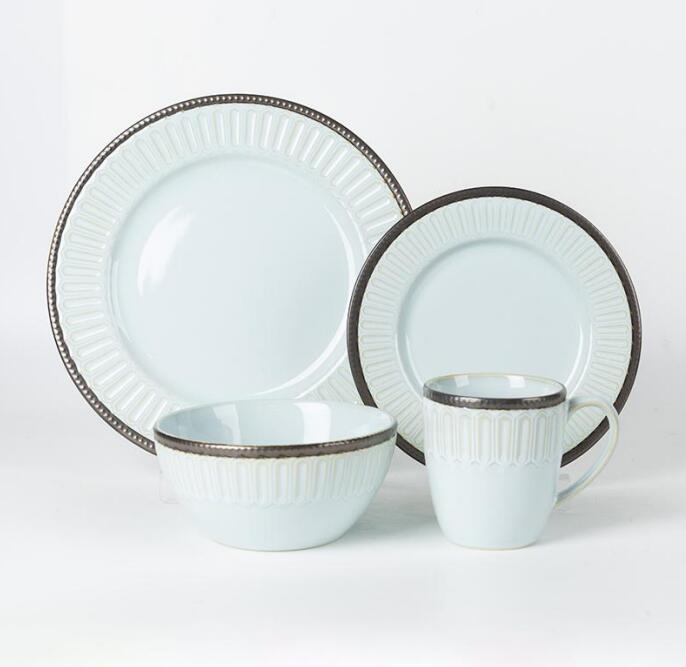
Why Conference Tableware Matters More Than You Think
A Quora event planner shared a harsh truth. “Guests may forget your speech content. But they’ll remember if the fork was plastic or metal.” The comment got tons of likes.
Reddit’s r/EventPlanning is more blunt. Someone complained about a tech summit. “The plastic cutlery snapped when you pressed it. The organizers claimed they raised $20 million. That contrast was jarring.”
This made me realize something. Conference dinnerware choices essentially communicate values. Your tableware tells attendees how you define this event’s importance.
Real Pain Points
Community discussions reveal several recurring complaints:
Pain Point One: The Eco-Friendly vs. Practical Dilemma
Many hosts want compostable tableware to show environmental consciousness. But attendees complain “the fork feels like rubber when cutting steak.” A conference company manager admitted on Quora they tried bamboo fiber utensils. Guests complained about “weird smells.” They switched back to ceramic.
It’s not about avoiding eco-friendliness. Many “green tableware” products still prioritize concept over experience.
Pain Point Two: The Quantity Estimation Curse
A Reddit post got 800+ upvotes. Someone planned for 200 people. They prepared 250 sets of tableware. Then 30 more people showed up. VIP guests ended up using paper plates. Comments exploded. “Why not prepare 50% extra?” “Because tableware isn’t free!”
There’s an industry standard here. Typical preparation is only 110-120% of confirmed headcount. When attendance suddenly increases, you either rush-order supplies (too late) or downgrade to disposables (embarrassing).
Pain Point Three: Hidden Cleaning and Storage Costs
A hotel manager on Quora did the math. One ceramic tableware set costs $15 to purchase. But cleaning, sanitizing, and storing after each use adds $2-3 per use. For companies hosting just a few events yearly, “maintaining” tableware inventory is less cost-effective than renting.
But rental has new problems. You must book 2 weeks ahead. You can’t guarantee consistent styles, especially with cross-city shipping.
How Professionals Solve These Problems
Experienced hosts use a “combination strategy”:
Strategy One: Tiered Configuration
Not every segment needs top-tier equipment.
- Formal banquets: Ceramic or glassware for ceremony
- Coffee breaks/buffets: Reusable resin or melamine (lightweight, shatter-resistant)
- Outdoor segments: Premium disposables with proper materials (like sugarcane pulp molding that feels ceramic-like)
A Singapore-based conference consultant said something revealing. “When we work with tableware manufacturers, we request ‘scenario-based solutions,’ not just product purchases.”
This deserves elaboration.
Deep Collaboration with Tableware Manufacturers
Many think working with tableware manufacturers means “placing orders.” Industry insiders operate differently.
The real collaboration model involves:
- Preliminary consultation: Tell manufacturers your conference scale, budget, and theme. They recommend material combinations (ceramic for main courses, glass for desserts, Tritan cups for beverages)
- Customization services: Some manufacturers can print logos or conference themes on tableware. This is popular at medical conferences and academic meetings. The tableware becomes a souvenir
- Rental + recovery programs: Some tableware manufacturers offer “rent instead of buy” models. They collect and clean everything after the event. This reduces storage pressure for hosts
A Reddit case stands out. A tech company organized their annual meeting. They negotiated “full-service management” with a tableware vendor. Delivery, on-site setup, post-event collection—everything included. Hosts only confirmed quantity and style. This saved at least 20 hours of coordination.
Strategy Two: Details Determine Experience
A top Quora answer stated: “Guests won’t remember the plate brand. But they’ll remember how the cutlery felt in their hands.”
This isn’t mystical. Human perception of object quality is extremely sensitive:
- Weight: Too-light utensils feel cheap (even if metal)
- Handle thickness: Too-thin spoons feel uncomfortable
- Edge treatment: Unpolished cup rims feel rough on lips
One planner shared her method. “Before purchasing, I personally test everything. I cut steak, fork pasta, scoop soup. I only order what feels right in my hands.”
This reminds me of a Japanese concept: 「手に馴染む」(te ni najinu). It means “fits the hand.” Good conference dinnerware should feel this way. You don’t notice its presence because it’s just right.
Overlooked “Hidden Attributes”
Beyond material and appearance, some factors get underestimated:
Stacking Efficiency
Sounds boring but it’s critical.
If plates can’t stack stably (no anti-slip rings on bottoms), they break during transport. They also waste space during setup. A hotel purchaser complained: “We bought 500 ‘design-forward’ square plates. They couldn’t stack. We had to store them flat. The warehouse exploded instantly.”
Temperature Tolerance
Especially for glassware. Some cheap glass cups can’t handle heat. They shatter when hot coffee is poured (I witnessed this once; nearby guests jumped). Professional tableware manufacturers clearly mark temperature ranges to avoid embarrassment.
Dishwasher Compatibility
If you plan to reuse tableware, this matters. Some ceramic glazes can’t withstand high-temperature, high-pressure washing. They fade after several uses. Someone on Reddit calculated: “Buying cheap saved 30%. But we had to replace everything after six months. We actually spent more.”
A Counter-Intuitive Suggestion
If budget is tight, don’t use disposables for everything. Instead, cut “unimportant ceremonial elements” first.
For example:
- Opening dinner uses quality ceramic (makes good impressions)
- Lunch uses reusable melamine (practical approach)
- Coffee breaks use paper cups (nobody examines these closely)
A Quora CEO with only a $5,000 budget shared his approach. He hosted 100 people for a client appreciation event. They only used crystal champagne flutes (rented) for “the toast moment.” Other times used regular glassware. Guests only remembered “that toast ceremony felt grand.”
The point isn’t constant luxury. It’s not dropping the ball at key moments.

If I Were Planning a Conference
Say I’m organizing a 300-person industry summit with medium budget. Here’s my approach:
- Contact 2-3 tableware manufacturers 6 weeks ahead. Have each provide a proposal (comparing rental vs. purchase quotes)
- Request samples. Personally test cutlery feel and plate stacking stability
- Use ceramic for main meals, premium disposables for breaks (like sugarcane pulp or PLA materials, not flimsy plastic)
- Prepare 30% extra, even if unused. Better than running short
- Negotiate “emergency plans” with manufacturers: If we suddenly need more tableware on-site, can they deliver within 2 hours?
Most critical: Treat tableware as part of experience design, not a purchasing checklist line item.
This reminds me of something. Last week I attended a small seminar. The host used stainless steel cutlery with wooden handles. Holding them felt like “eating at home”—warm and comfortable. Later I learned the host’s boss personally selected them. He said “I want people to feel relaxed, not stiff.”
Perhaps that’s the ultimate meaning of conference dinnerware. It’s not about showing off. It’s about making people feel respected and comfortable.
Next time you attend a conference, notice the tableware in your hand. It might tell you more honestly than any PowerPoint how much the organizers truly care.
If you have any questions or need to custom dinnerware service, please contact our Email:info@gcporcelain.com for the most thoughtful support!

